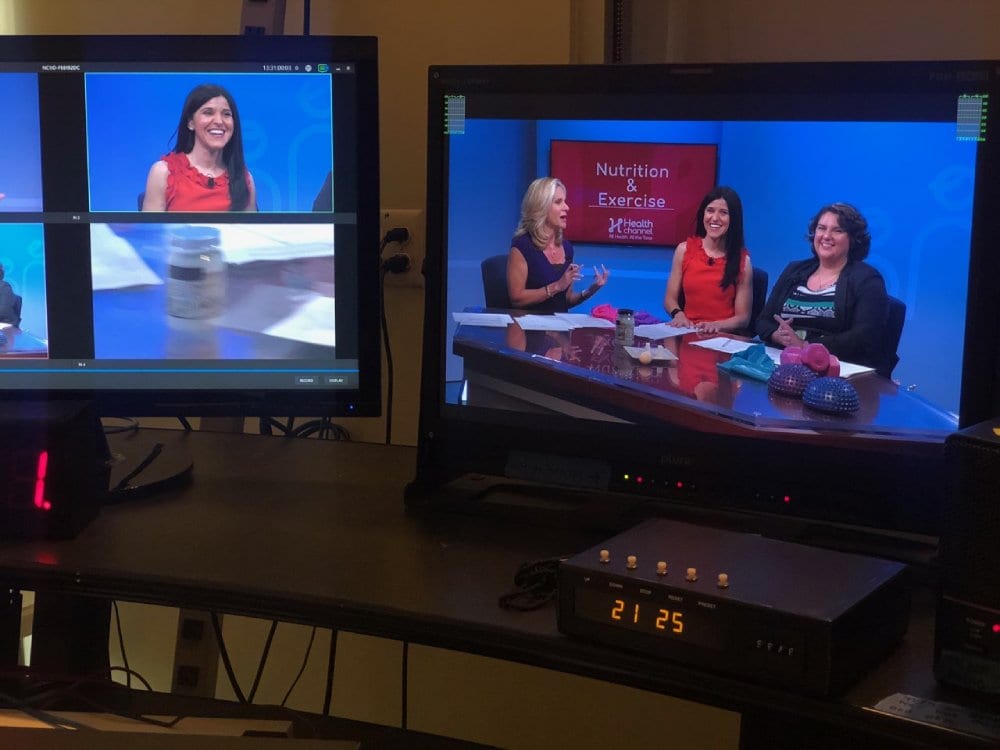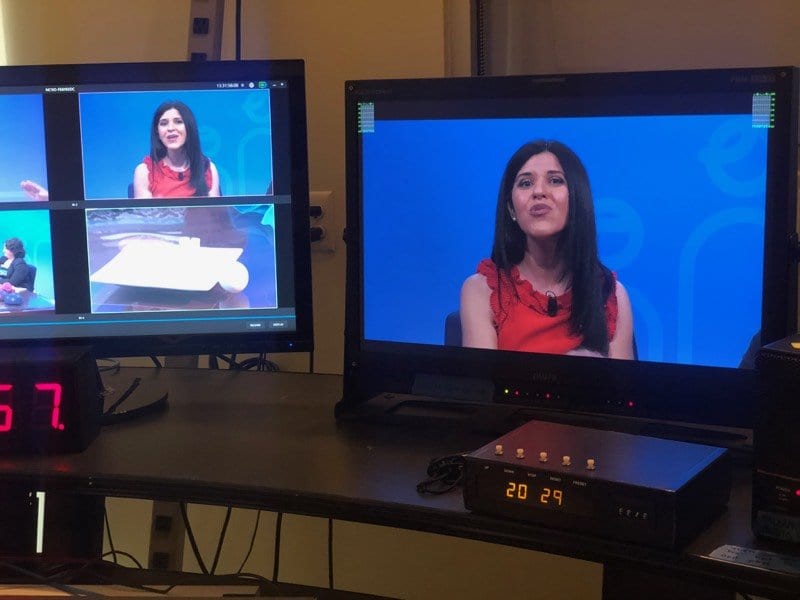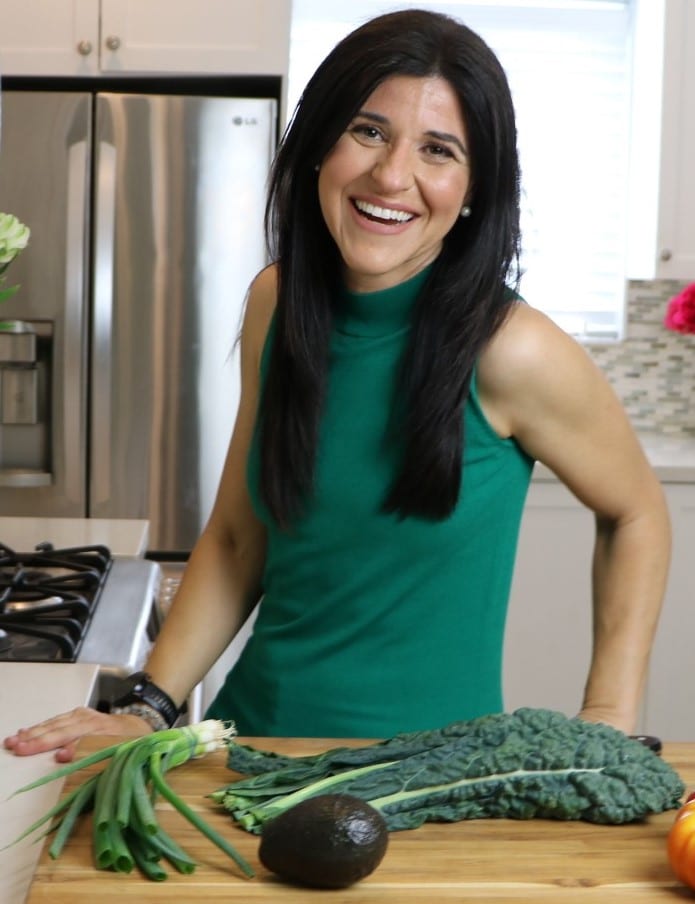February is Heart Health Month. It’s a month to raise awareness about heart health and urge Americans to lower their risk for developing heart disease. Heart disease is happening to younger adults more and more often – it’s no longer a disease of older adults. Why? Partly because the conditions that lead to heart disease are happening at younger ages – we have higher rates of obesity and blood pressure among younger people (ages 35-64) – and 1/2 of all Americans have at least one of the top three risk factors for heart disease: high blood pressure, high cholesterol, and smoking.
Are You at Risk? Below are the top three risk factors for heart disease:
- High blood pressure. Millions of Americans of all ages have high blood pressure, including millions of people in their 40s and 50s. About half of people with high blood pressure don’t have it under control. Having uncontrolled high blood pressure is one of the biggest risks for heart disease and other harmful conditions, such as stroke. Often called the silent killer as people are often unaware they even have a problem with their blood pressure.
- High blood cholesterol. High cholesterol increases the risk for heart disease. Additionally having diabetes and obesity, smoking, eating unhealthy foods, and not getting enough physical activity all contribute to unhealthy cholesterol levels.
- Smoking. More than 37 million U.S. adults are current smokers, and thousands of young people start smoking each day. Smoking damages the blood vessels and can cause heart disease.
Other conditions and behaviors that affect your risk for heart disease include:
- Obesity. While I don’t like to focus on people’s weight (we do put too much weight on weight and people need to change their behaviors to help the weight come off) carrying extra weight does put stress on the heart. It’s a fact. And if we look at the stats, more than 1 in 3 Americans—and nearly 1 in 6 children ages 2 to 19—are categorized as obese.
- Diabetes. Diabetes causes sugar to build up in the blood. This can damage blood vessels and nerves that help control the heart muscle. People with diabetes have a two-fold risk for developing heart disease.
- Physical inactivity. Staying physically active helps keep the heart and blood vessels healthy. It’s what I always say, exercise is medicine, if we only put it into motion. The guidelines are 150 minutes of a week of moderate-intensity activity, but yet only 1 in 5 adults meets the physical activity guidelines. We need to move more!
- Unhealthy eating patterns. Most Americans, including children, eat too much sodium (salt), which can increase blood pressure in some people. Replacing foods high in sodium with fresh fruits and vegetables can help lower blood pressure (partially because of the potassium they contain). Not a surprising stat, but only 1 in 10 adults is getting enough fruits and vegetables each day. Instead we’re eating the S.A.D. – standard American diet, a diet high in trans-fat, saturated fat, and added sugar, all of which increase the risk for developing heart disease.
Here are 4 Ways to Help Take Control of Your Heart Health
1. Don’t smoke. While this may be easier said than done, smoking is the leading cause of preventable death in the United States. If you don’t smoke, don’t start. And if you’re using e-cigarettes, they are no better. Quit smoking. Period.
2. Manage conditions. Sometimes there’s this thing called genetics, thanks mom and dad! There’s also this thing called stress – all areas that can effect blood pressure and cholesterol. And while some risk factors are controllable, some are uncontrollable. Regardless, this is where you have to work with your health care team to learn how to manage conditions such as high blood pressure and high cholesterol. This includes taking any medicines you have been prescribed, learning stress management, and anything else that might help lower your risk for heart disease. Self-care is important when it comes to managing your risk for heart disease.
3. Make heart-healthy eating changes. Eat food low in trans-fat, saturated fat, added sugar and sodium. This is where you’ll always hear me say to fill 1/2 of your plate with non-starchy vegetables (or use your dinner plate for these vegetables and your salad plate for your main dish. Easy trick to switch out.
4. Stay active. Get moving. Opt outside unless there’s a polar vortex in your area, then otherwise find a mall and walk inside. The recommendation is for at least 150 minutes per week. Think you can’t get 30 minutes all at once? No problem, break those 30 minutes up into three 10-minute blocks. The key is to move more and there has been benefit shown by doing 10 minutes at a time.
It may sound overwhelming, but the truth is the best option is to change one habit at a time. Pick a specific goal, i.e. I will run 40 minutes 3 times this week and do yoga 2 times this week for an hour to get my exercise in. My goal is specific, obtainable and something I can work on to stay consistent with. Once that happens, I’ll move on to my next goal. That’s how it works. Try changing everything all at once and you aren’t as successful and we want success. Here’s to keeping our heart healthy for a long time to come!
P.S. – If you didn’t catch my episode on The Health Channel, here are a few clips that you can see – talking all things heart health!

Love It, Lose It, and Limit It – an easy way to describe which fats to eat more of, less of and of course do away with completely. Here’s what I had to say:
Fiber. Fiber. Fiber. We all don’t get enough. Find out all its benefits and its role in our bodies. Hint: It’s not just roughage. Also find out why I call I’ve dubbed it “fiber factor.”


There’s more than one type of fiber. And while you don’t need to concern yourself with which one you are getting, know that they do different jobs. The bottom line is that we don’t get enough. 25g – 35g daily, more is better! Aim to get a variety of sources, that way you will get both the insoluble and soluble fiber we need.
The #1 question I get asked, “How many eggs can I eat in a day?” I’m not evading the question, it really does depend on your saturated fat intake for the day. Find out what I had to say.
As I said – change one thing at a time. I stick with the same message here on The Health Channel. Fat is currently “in” and while we need it for various functions, the truth is that both the quality and the quantity matter – find out what I mean.
I love getting the opportunity to be on The Health Channel. It’s a local Public Broadcasting System here in Miami that you can actually live stream from anywhere (on their website). 24/7 health coverage on topics from dermatology to obstetrics to nutrition – you name it, we have it covered. I feel privileged to be a part of the expert team featured on the show and look forward to the next time.











